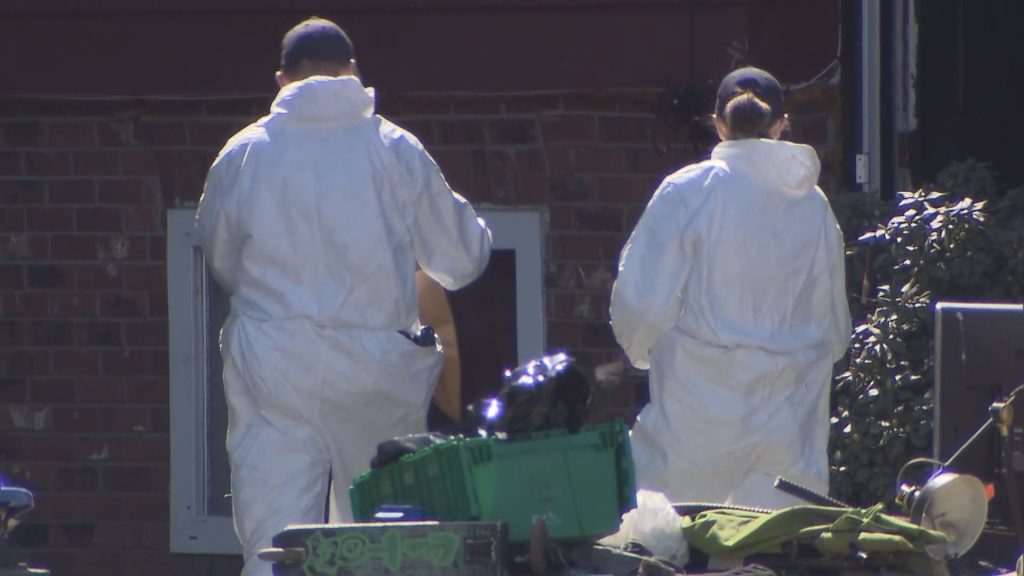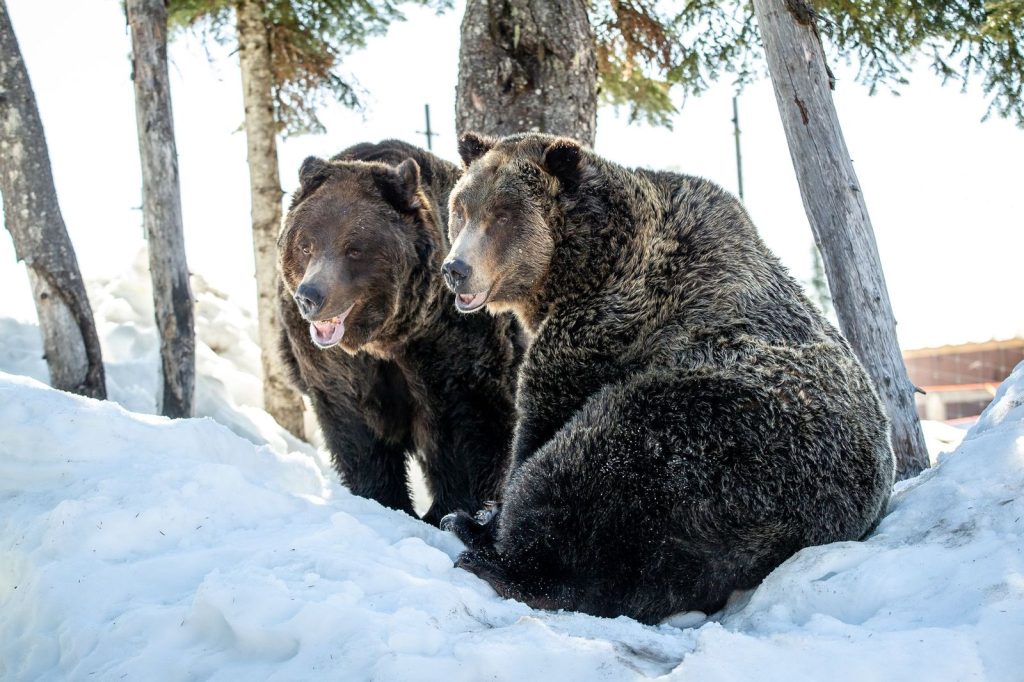Candy chutes and one-way trick-or-treating: COVID-19 and Halloween
Posted September 22, 2020 2:21 pm.
Last Updated September 22, 2020 2:07 pm.
WINNIPEG – While kids would usually be picking out their Halloween costumes around this time of year, some families are left wondering what trick-or-treating will look like in a pandemic—or if there will be any at all.
Earlier this month, B.C.’s top doctor Bonnie Henry said Halloween can “absolutely” go on in 2020, but that it would look different from years past.
Stateside, the Centre for Disease Control (CDC) says traditional Halloween activities can create a high risk for spreading COVID-19, so it has some guidelines on how you can stay safe while collecting candy.
Participating in traditional trick-or-treating where candy is handed to children who go door to door was the number one listed activity to avoid in order to help prevent the spread of COVID-19.
One workaround to that problem surfacing on social media is the idea of candy tubes, PVC pipes, or slides that can send candy directly to kids while maintaining an appropriate distance.
“I think the candy tube itself is a fun idea but of course not everybody is going to go out and invest in something like that,” said epidemiologist Cynthia Carr.
She sympathizes with the desire to give kids a classic Halloween experience, however, she has serious concerns about the impact Halloween could have on the health care system or ability to contact trace on a night like Halloween if COVID-19 infections spike.
The CDC says one-way trick-or-treating–where individually wrapped goodie bags are lined up for families to grab and go while continuing to social distance–reduces the risk of virus spread from high to moderate.
“I really think we need to think about small groups outside, not having somebody come into your house, but having maybe the neighborhood doing things at the end of the driveway, having pre-packaged treats for kids so that they’re not rummaging around and things,” said Henry.
The virus has been proven to live for as long as 48 hours on surfaces like plastic which Carr says is something parents should keep in mind if they do bring home candy from their neighbours.
“Usually at the end of the night the first ting the kids do is dump their candy and sort through it, trade it, and touch it, you might have to say okay Oct. 31 is the collection day and Nov. 2 is the unveiling day,” suggested Carr.
Low-risk activities include carving pumpkins, indoor candy scavenger hunts, a scary movie night, or virtual costume contests.
Assessing your own region’s rate of infection will be critical in determining what Halloween looks like in your area.
-with files from NEWS 1130










